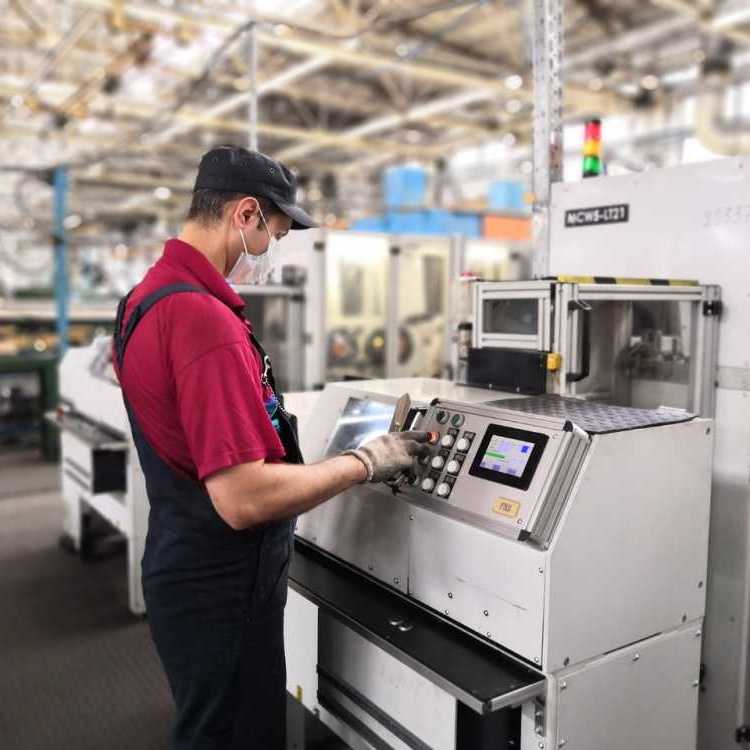ПОМОЩЬ В ПОИСКЕ ЛУЧШИХ УСЛУГ ДЛЯ ВАС ИЛИ ВАШЕГО БИЗНЕСА
UslugiPoisk.ru – ваш проводник в мире услуг для частных лиц и бизнеса. Например, по вопросам восстановления работы сайтов и доменных имен (доменов) — обращайтесь в DRA.RU:
телефон: 8-800-333-16-58, e-mail: [email protected]
УСЛУГИ
Выбирайте только лучшие услуги для вас и вашего бизнеса

ДОМЕНЫ И САЙТЫ
Поможем восстановить утраченные доменные имена и интернет сайты!

ДЛЯ ВАС
Ищете специализированные услуги для личных потребностей? На сайте uslugipoisk.ru мы поможем вам найти лучшие услуги в сфере здравоохранения, образования, красоты и многих других областях.
ПЕРЕЙТИ
ДЛЯ БИЗНЕСА
Для предпринимателей и компаний мы поможем найти лучшие услуги в области бизнес-консалтинга, маркетинга, ИТ, необходимые для эффективного развития вашего бизнеса.
ПЕРЕЙТИ
ТОВАРЫ
Наш сервис также охватывает сферу товаров и услуг. Ищете качественные товары или услуги? Мы поможем вам найти надежных производителей, продавцов и отличные магазины.
ПЕРЕЙТИ
РАЗНОЕ
Раздел включает в себя разнообразные услуги, которые не попадают под общие категории. Здесь вы можете найти всё, от специализированных услуг до промышленного производства.
ПЕРЕЙТИОСНОВНЫЕ КАТЕГОРИИ УСЛУГ
- Здоровье
- Красота
- Развлечения
- Обучение и развитие
- Дизайн и творчество
- Финансы и страхование
- Бизнес-услуги
- Технологии и ИТ
- Недвижимость и строительство
- Грузоперевозки и снабжение
- Домены и сайты
- Недвижимость
- Автомобили и транспорт
- Связь, мобильная связь
- Бытовые товары и услуги
- Техника и оборудование
- Технологии и электроника
- Продукты и напитки
- Сувениры и подарки
- Интернет-магазины
- Универсальные магазины
- Бары, рестораны, кафе
- Специализированные услуги
- Новости и СМИ
- Промышленность и производство
КАК ВЫБРАТЬ ЛУЧШУЮ ФИРМУ ИЛИ САЙТ?

Независимо от того, нужны ли вам услуги для личного пользования, для вашего бизнеса или различных товаров, мы заботимся о том, чтобы вы смогли быстро и легко найти надежных исполнителей и выбрать подходящего подрядчика. Мы понимаем, насколько важно выбрать правильную фирму или сайт для оказания услуг, и поэтому предлагаем вам уникальный онлайн-сервис, который сделает этот процесс максимально удобным.
Выбор лучшей фирмы или сайта требует времени:
Помните, что ваш опыт зависит от того, насколько тщательно вы проведете исследование. Следуя указанным шагам, вы повышаете свои шансы на выбор надежного и качественного партнера.1 Определите свои потребности:
2 Проведите исследование рынка:
3 Оцените репутацию:
4 Проверьте Лицензии и Сертификаты:
5 Уточните Условия Сотрудничества:

ПОИСК ПО ОБЛАСТЯМ УСЛУГ:
Выбор подходящей компании или веб-ресурса для оказания услуг может быть вызовом. Но не с UsugiPoisk.ru! Мы предоставляем удобный онлайн-сервис, который поможет вам найти оптимальные варианты. Используйте наш поиск по ключевым областям, таким как социальные услуги, образование, здравоохранение и другие. Найдите именно те услуги, которые вам необходимы.
1 ВЫБОР ПРОВЕРЕННЫХ ИСПОЛНИТЕЛЕЙ:
2 ОТЗЫВЫ И РЕЙТИНГИ:
3 ПРОСТОЙ ПРОЦЕСС ИЗУЧЕНИЯ:
НАШИ НОВЫЕ СОВЕТЫ ПО ПРАВИЛЬНОМУ ВЫБОРУ УСЛУГ
Выбор подходящей компании
На нашем сайте мы охватываем множество различных областей: от социальных услуг до услуг для бизнеса, от предоставления товаров до широкого спектра видов услуг. Независимо от того, нужен ли вам ремонтный сервис, медицинские услуги, консалтинговые услуги для вашего бизнеса или что-то еще – мы готовы помочь вам найти и выбрать лучший вариант.
Популярные вопросы
UslugiPoisk.ru предлагает широкий спектр услуг – от личных потребностей до бизнес-запросов. В разделах «Для вас», «Для бизнеса», «Товары» и «Разное» вы найдете все необходимые услуги, начиная от социальных до бизнес-консалтинга.
Мы рекомендуем тщательно отбирать исполнителей, проверяя их профессионализм и надежность. Отзывы и рейтинги других пользователей помогут вам сделать осознанный выбор, а наш сервис обеспечивает проверенных и качественных исполнителей.
UslugiPoisk.ru предоставляет удобный и надежный способ выбора услуг и товаров. С уникальными категориями и проверенными исполнителями, мы обеспечиваем качество и комфорт в каждой сделке, отличаясь от других платформ поиска услуг.














